Aboriginal and Torres Strait Islander people are advised that this story may contain names and depictions of Indigenous individuals who have since passed.
Beneath the towering canopy of basket ferns and leafy fronds of Hope’s Cycad in Mossman Gorge, just 80 minutes north of the city of Cairns/Gimuy, Kuku Yalanji man Juan Walker points out an emerald-chested wompoo fruit dove. Its song echoes through this patch of the Daintree Rainforest, part of the Wet Tropics World Heritage Area, bouncing off the same boulders and branches that have existed here since the area was but a small part of the ancient Gondwanan forest that once covered the Australian continent.
We’re on the final part of our journey, which commenced four hours ago in downtown Mossman. During Juan’s Walkabout Cultural Adventures tour, we’ve tread the sandy shores of Rocky Point to dig for pipies (clam-like bivalves with mossy-toned and stone-shaded shells that shine and sparkle), cracked open and ate sea almonds, and gathered—captivated—as Juan detailed the bush remedies found where the ocean meets the sea. We learned about ingenious fish traps—a tens-of-thousands-year-old system for catching native coral trout and barramundi between tidal shifts—that decorate the shoreline, how to best throw a spear, and why certain treacherous patches of Daintree National Park are fiercely avoided by members of Juan’s community. Juan is a passionate storyteller and historian who speaks gently yet boldly, with pride and intention. He points out bent limbs of trees and gorges in their trunks; the former are directional markers, he says, and the latter scars that indicate where his ancestors carved out boomerangs. “You and me: we’re the same as this tree,” Juan says. “This rock, this water, it’s all energy. Take what you need and always put something back.”
Juan designed his itineraries based on the things he did as a young person, “integrating learning about the Country and the Aboriginal lifestyles on Country.” (Country is a term used by First Nations peoples to describe one’s connection with the land and waterways to which they and their community belong.) On his half-day tours—fueled by papaya, passionfruit, and bananas from family-owned Scomazzon’s Farm Store, and his mother’s homemade damper, a rustic Australian style of bread—Juan shares the Dreamtime (stories of how the natural world was created by spiritual beings) legend of Kurriyala, the snake whose movements created the waterways of Mossman Gorge, and the skills passed down to him by family members. Juan’s tours are a conscious, careful presentation of sacred knowledge that reflects the Kuku Yalanji relationship with this land, and the living traditions that ensure its protection and care.
Today, Australia’s Indigenous-led tourism experiences are a modern vessel for ancient storytelling. They reflect the vibrancy of diverse communities and their enduring connection to culture, community, and heritage. From guided walking tours to culinary classes to art installations, these experiences begin to tell the stories—in each person’s own words—that boldly, resiliently, and beautifully encapsulate First Nations Australia.



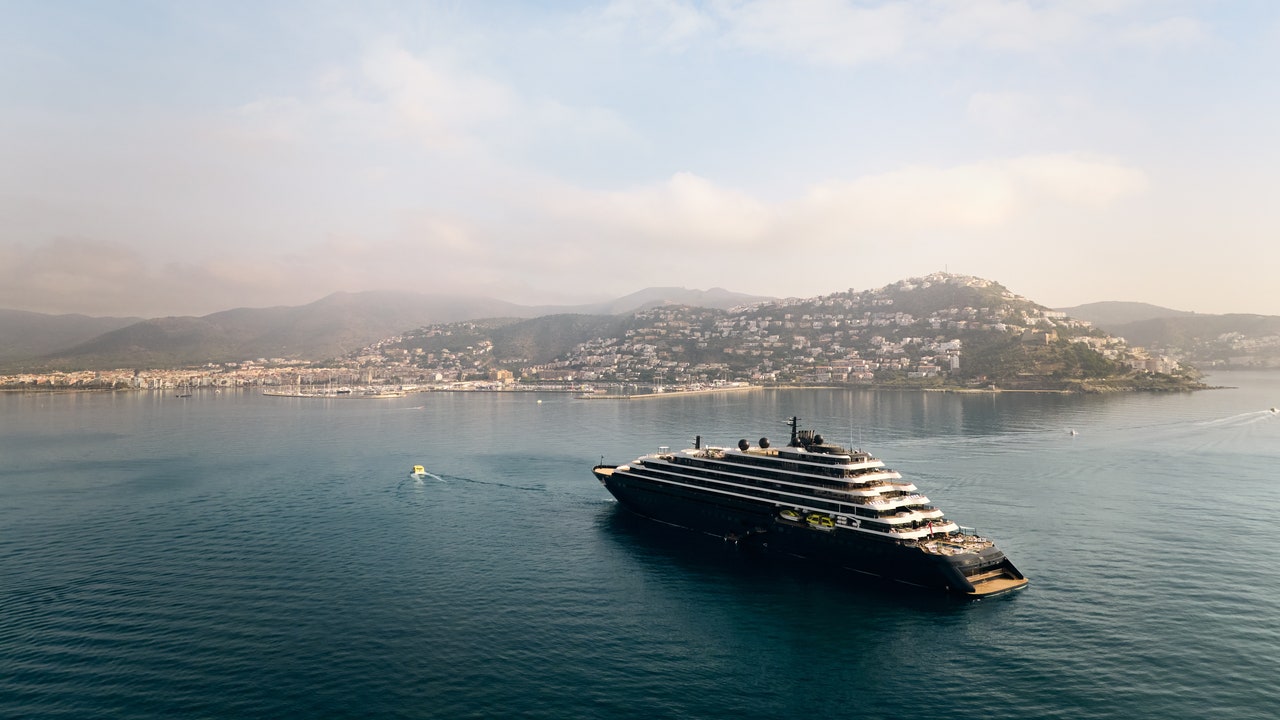
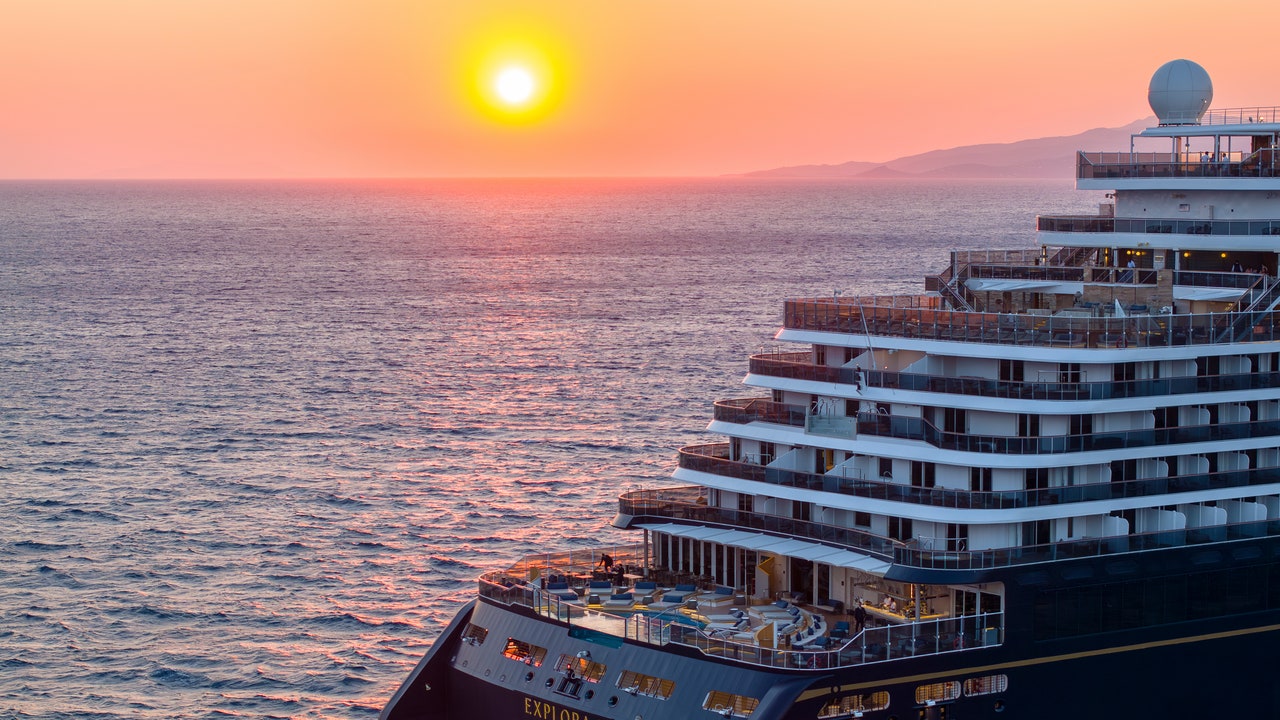
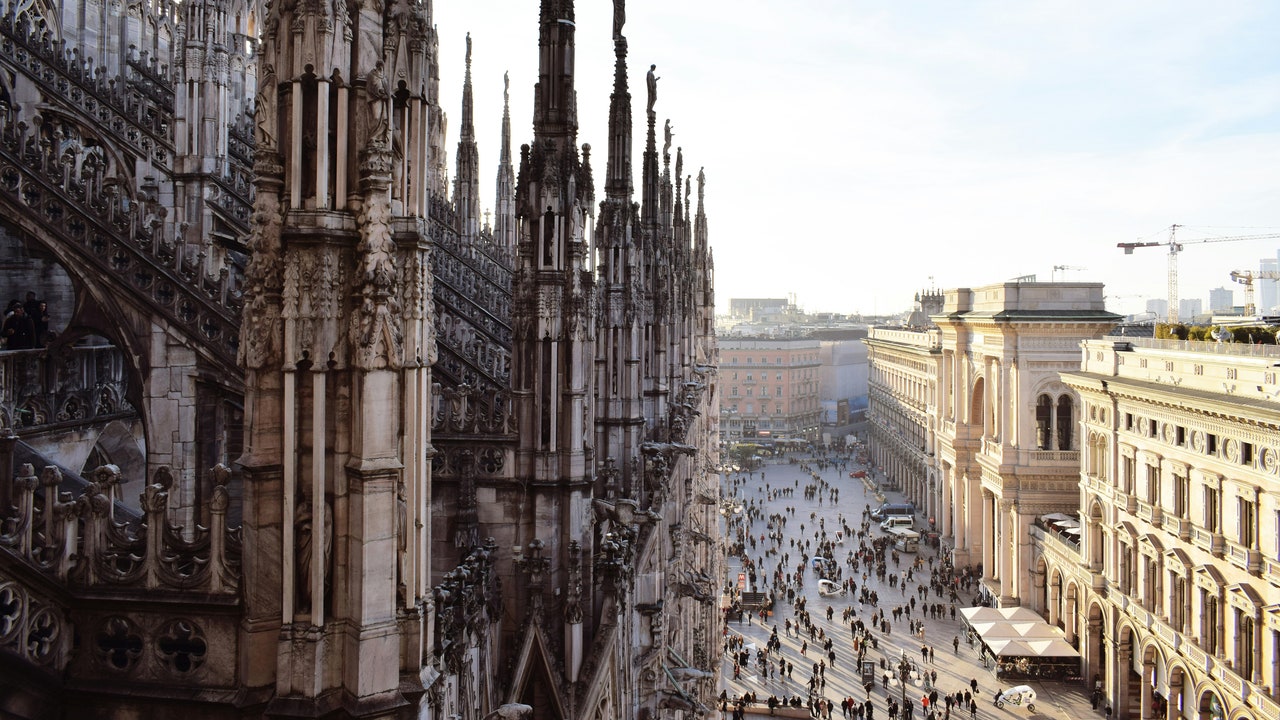
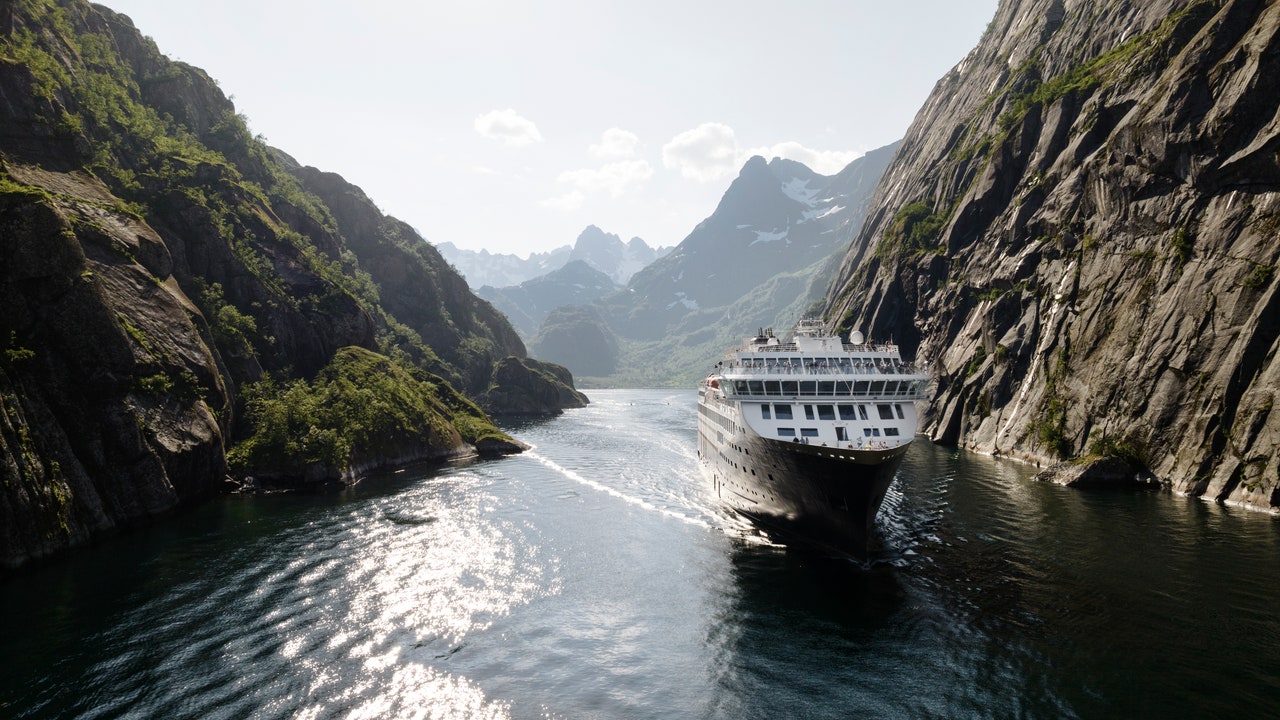


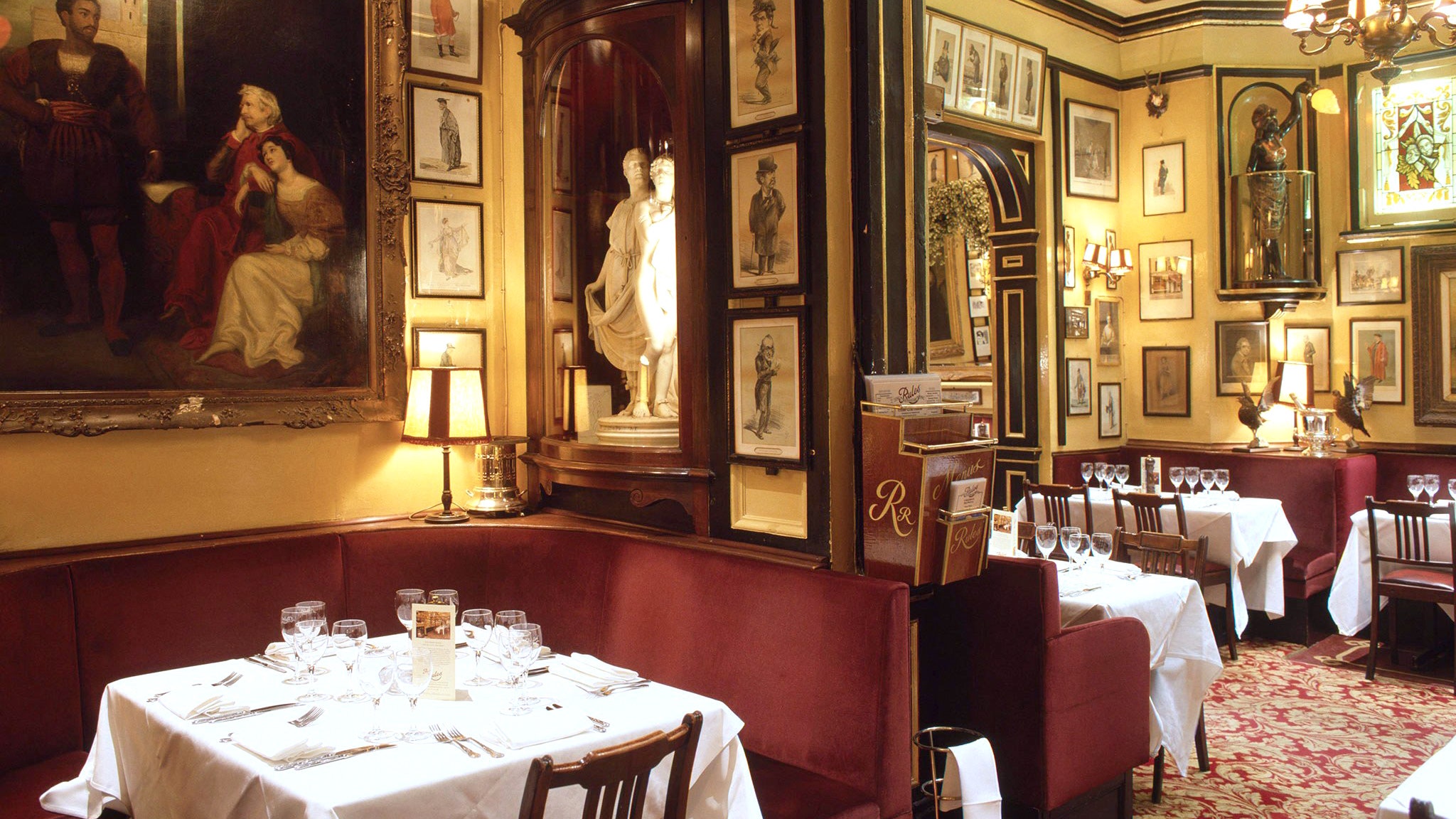
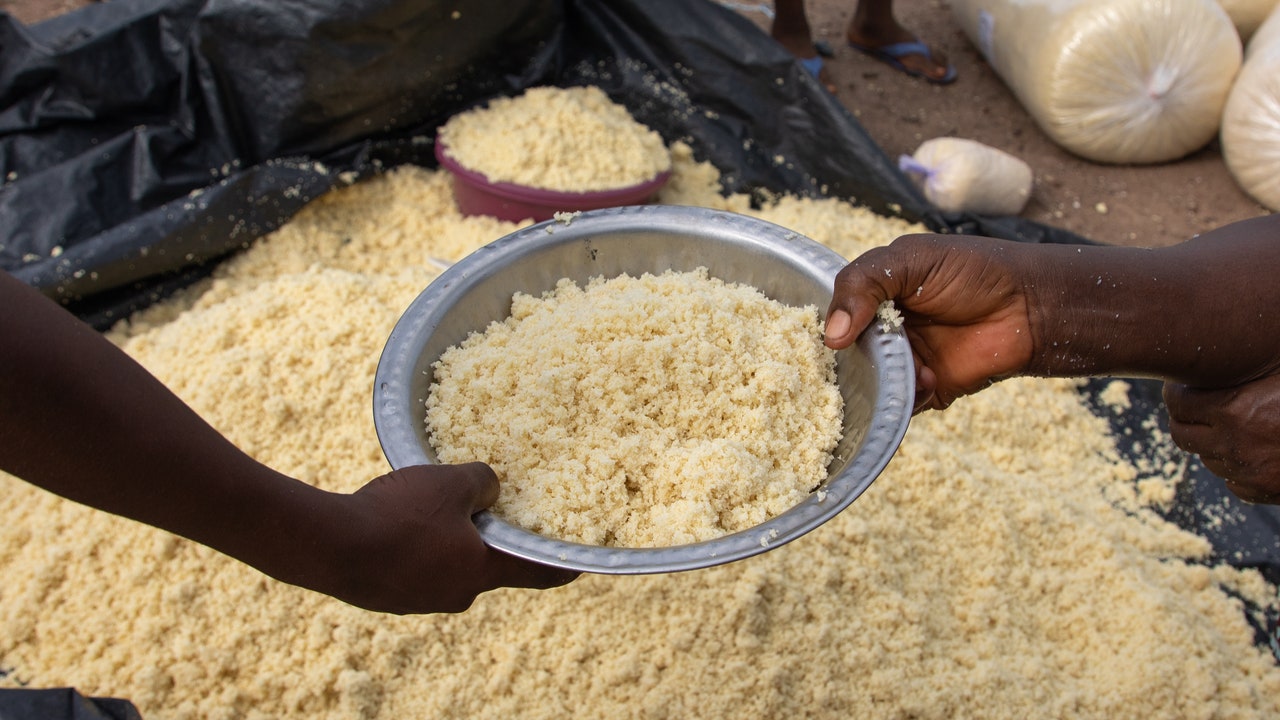
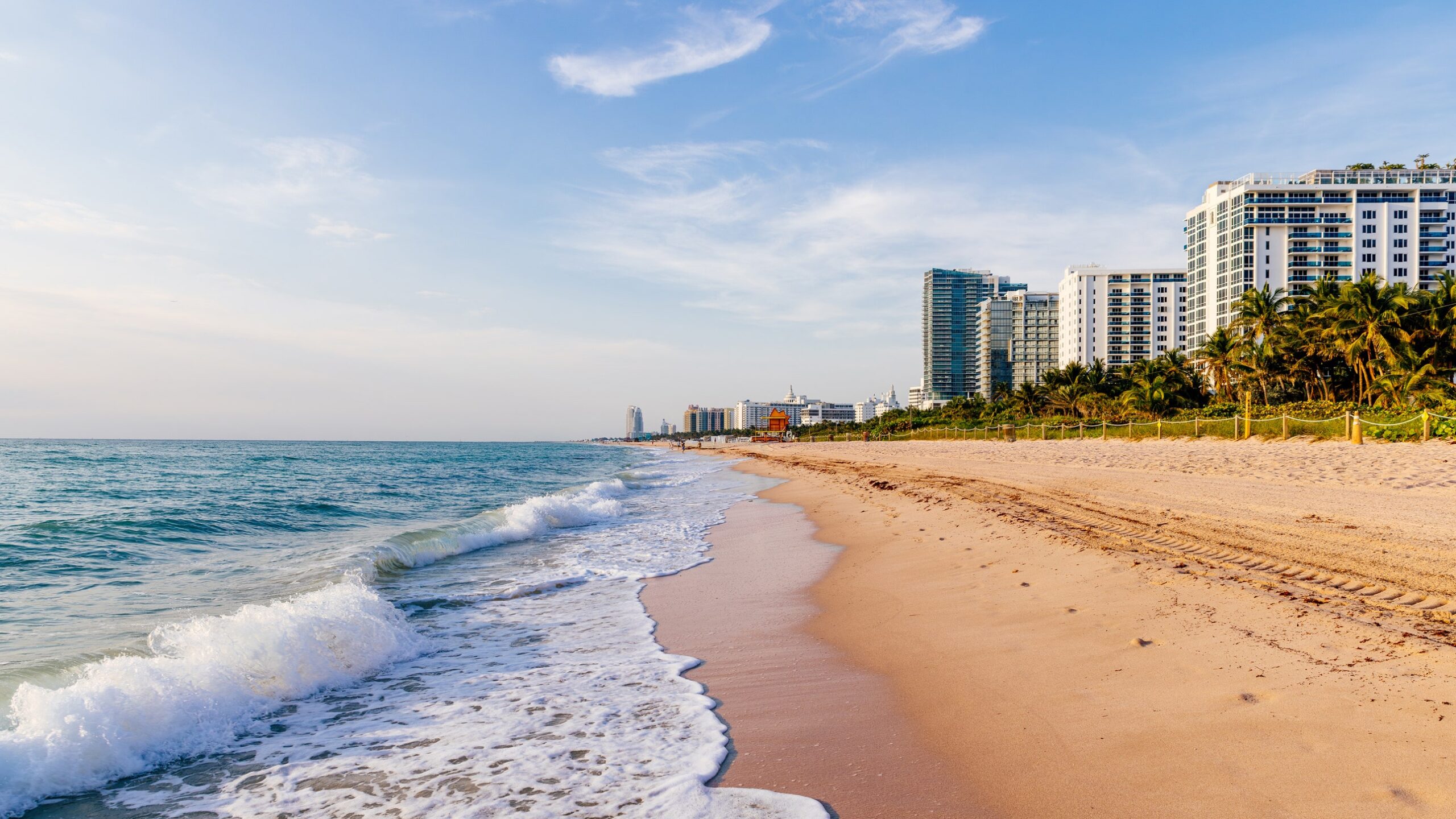

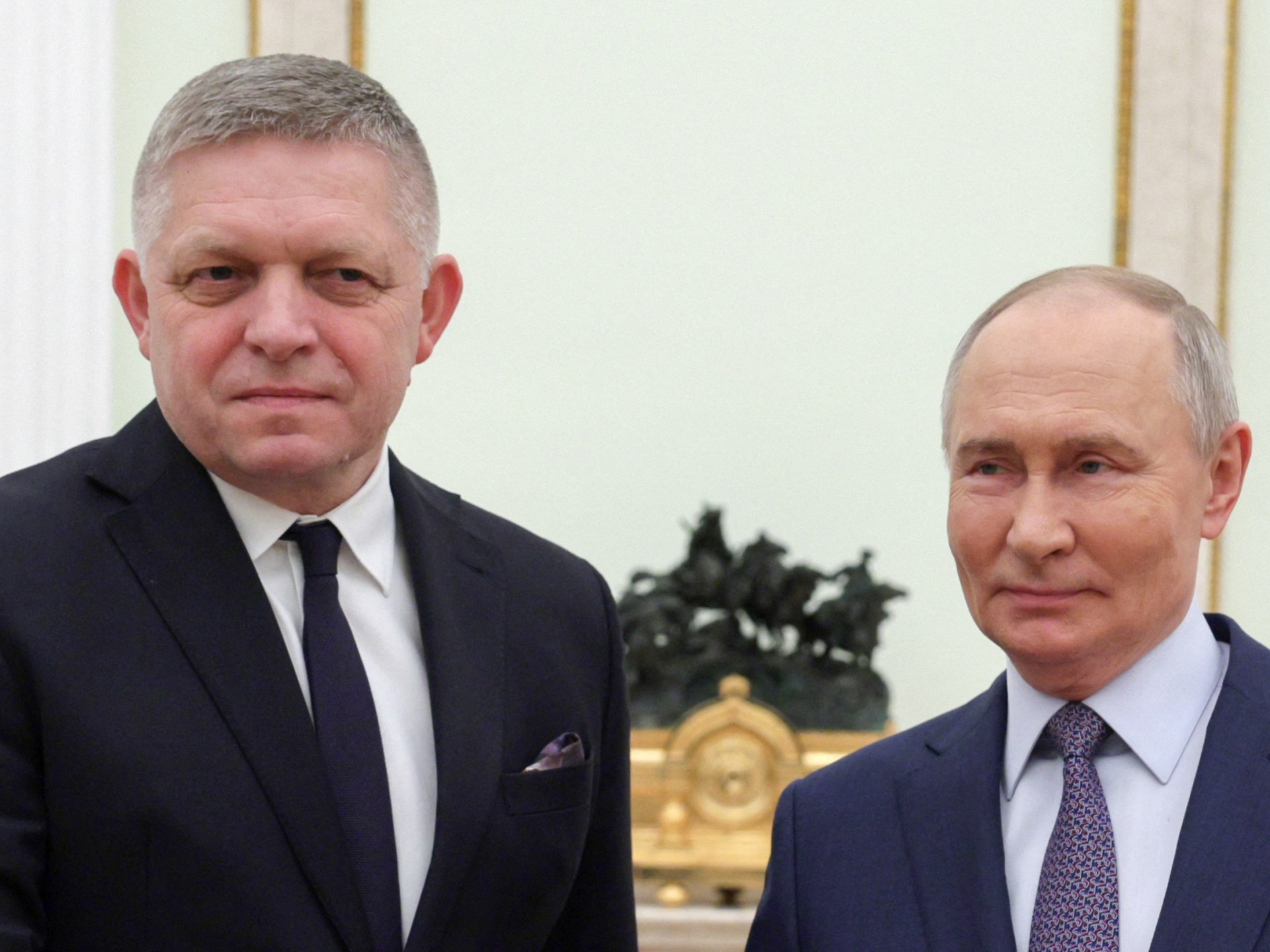
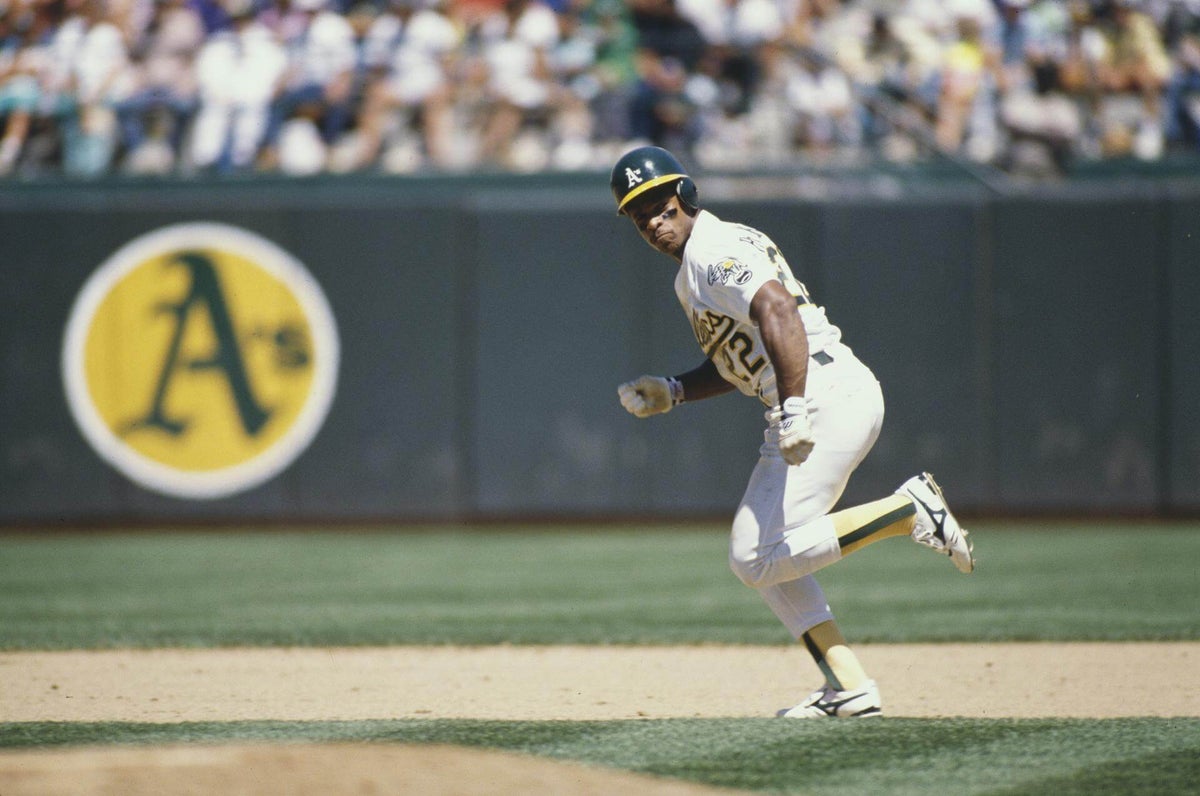

Leave a Reply